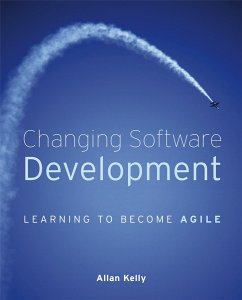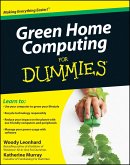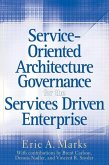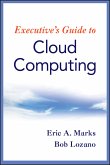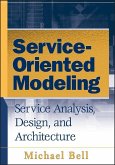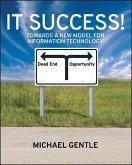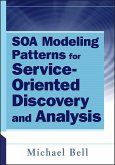Changing Software Development explains why software development is an exercise in change management and organizational intelligence. An underlying belief is that change is learning and learning creates knowledge. By blending the theory of knowledge management, developers and managers will gain the tools to enhance learning and change to accommodate new innovative approaches such as agile and lean computing.
Changing Software Development is peppered with practical advice and case studies to explain how and why knowledge, learning and change are important in the development process. Today, managers are pre-occupied with knowledge management, organization learning and change management; while software developers are often ignorant of the bigger issues embedded in their work. This innovative book bridges this divide by linking the software world of technology and processes to the business world of knowledge, learning and change.
Changing Software Development is peppered with practical advice and case studies to explain how and why knowledge, learning and change are important in the development process. Today, managers are pre-occupied with knowledge management, organization learning and change management; while software developers are often ignorant of the bigger issues embedded in their work. This innovative book bridges this divide by linking the software world of technology and processes to the business world of knowledge, learning and change.
Dieser Download kann aus rechtlichen Gründen nur mit Rechnungsadresse in D ausgeliefert werden.

